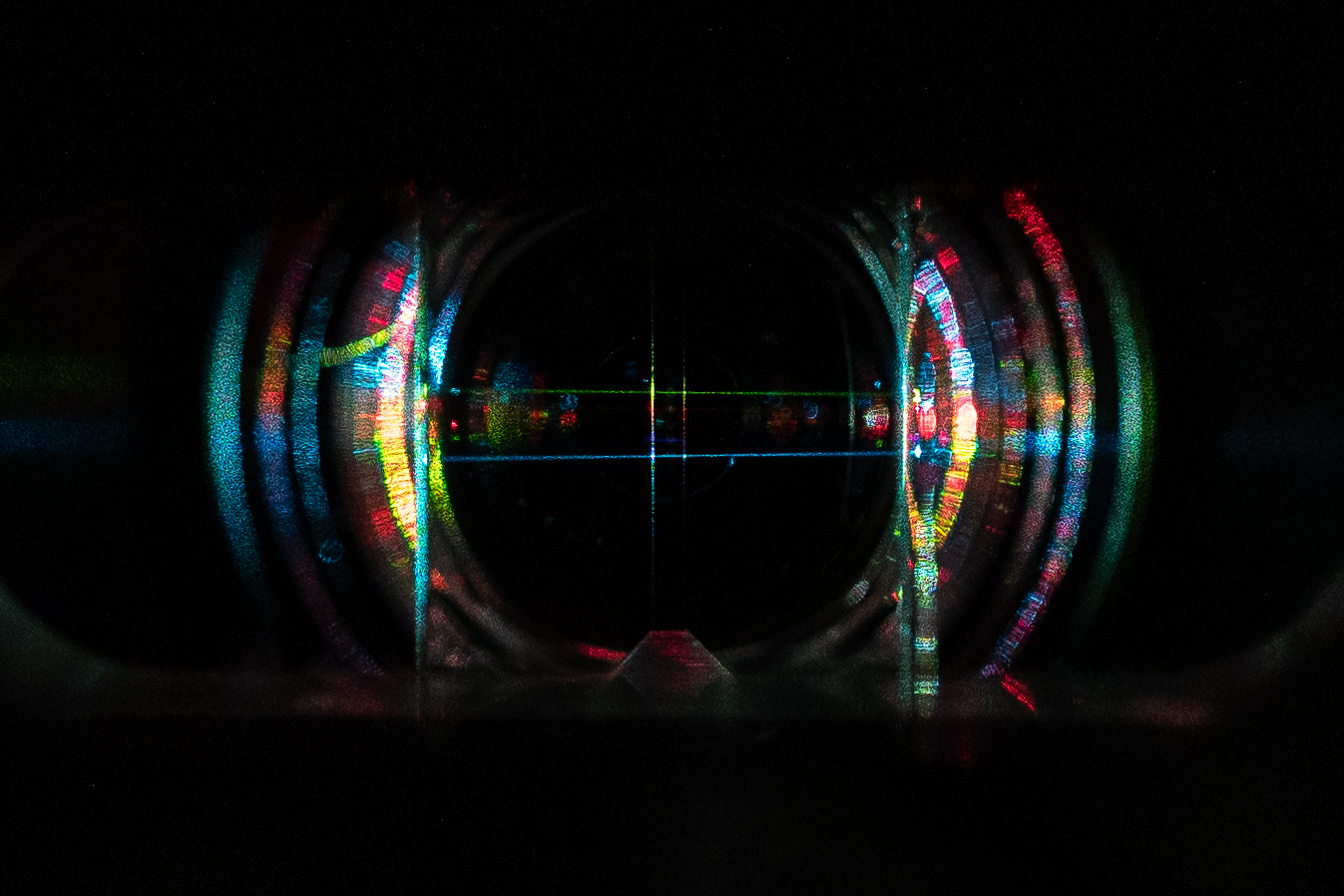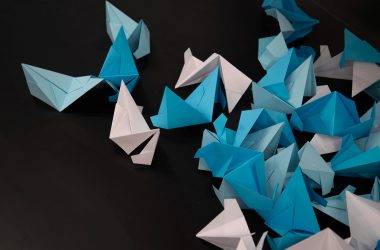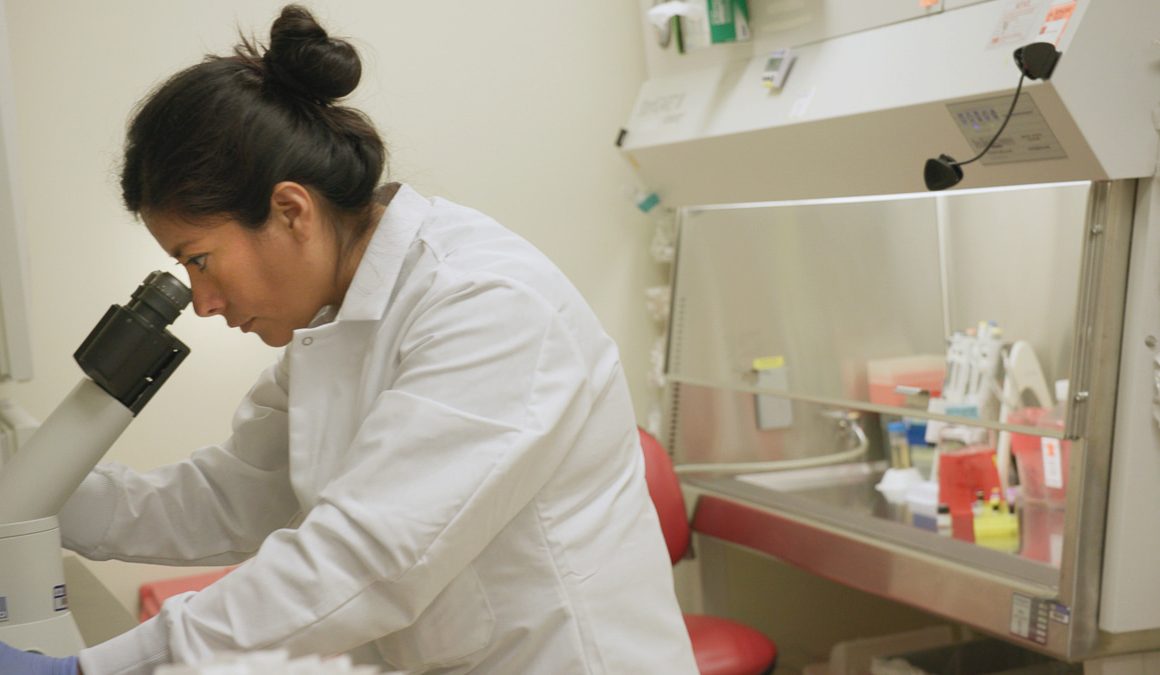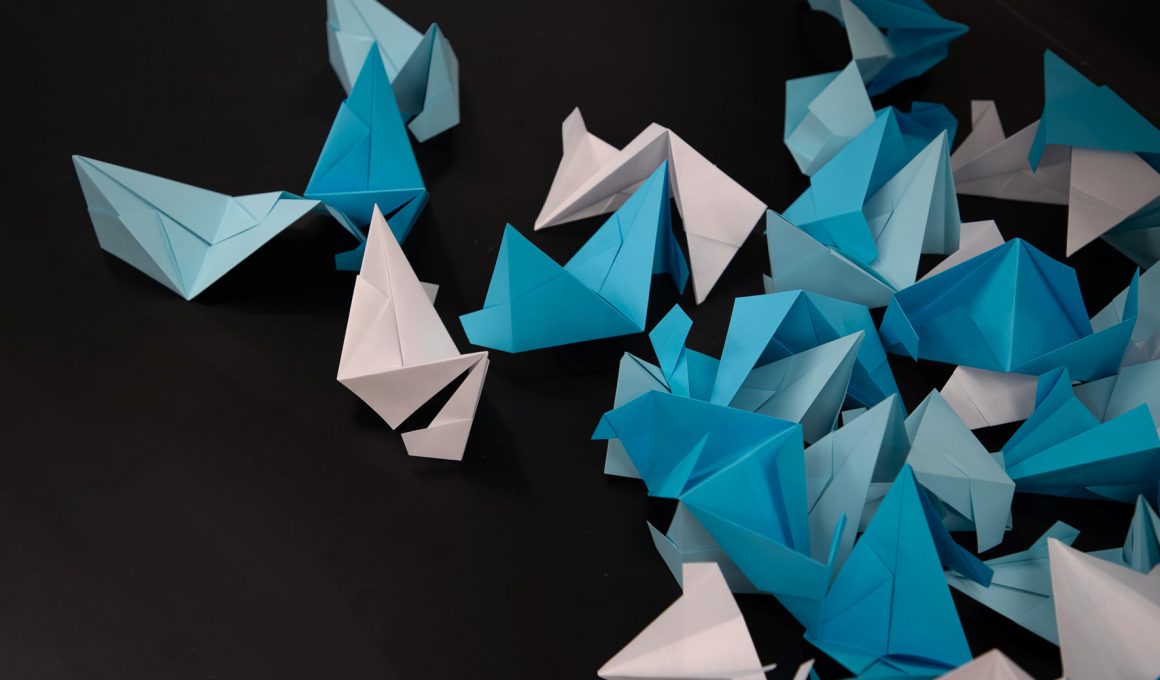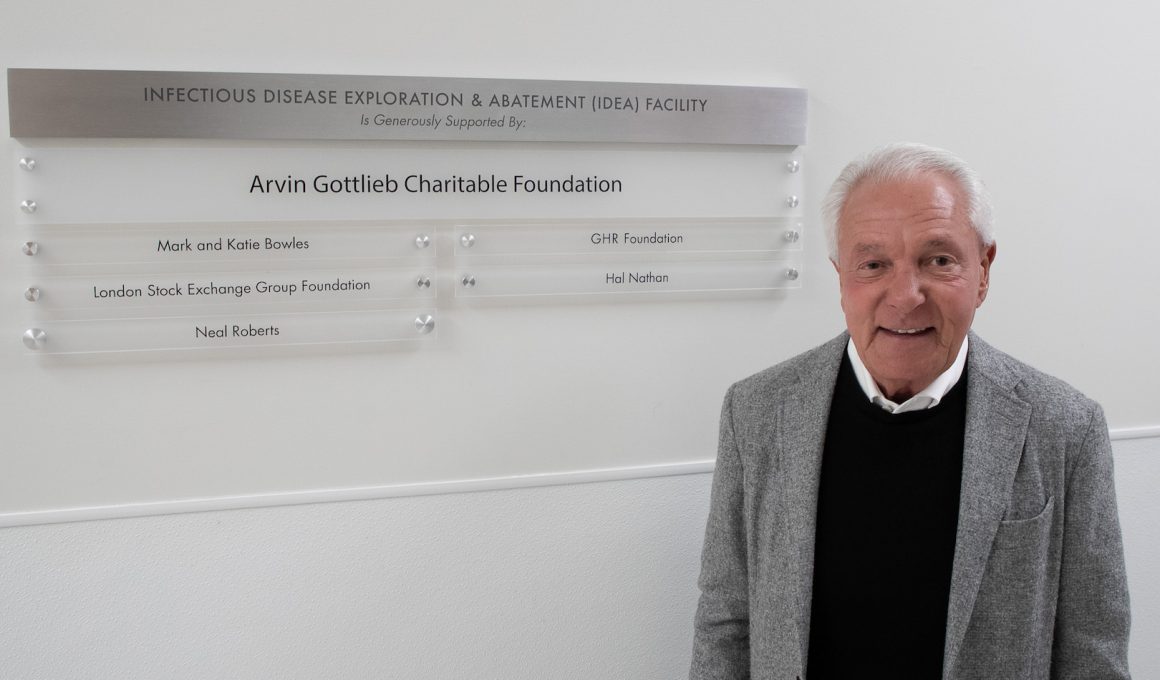No one knows how many types of immune cells are out there. Experts in the Flow Cytometry Core at La Jolla Institute for Immunology (LJI) are on their way to finding out.
“Most textbooks say there are around 80 to 100 immune cell types,” says LJI Flow Cytometry Core Senior Director Cheryl Kim. “But scientists use flow cytometry to discover new immune cell types all the time. So there must be hundreds and hundreds.”
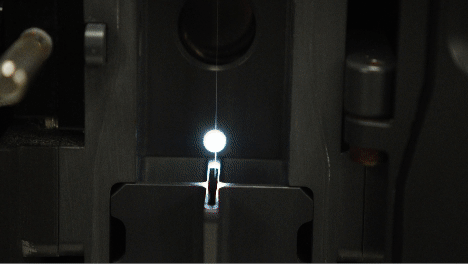
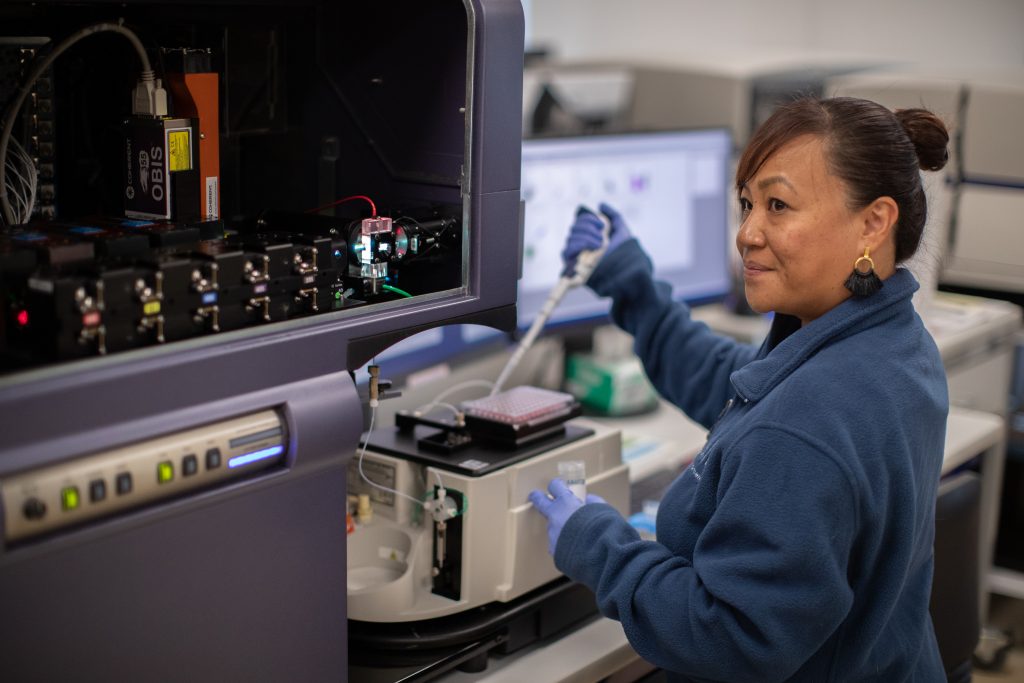
Flow cytometry is an important technique in immunology because it can reveal exactly which kinds of immune cells jump into action against different diseases. “Cytometry” translates to “measurement of a cell.” The “flow” part just means that the process takes place in a stream of fluid.
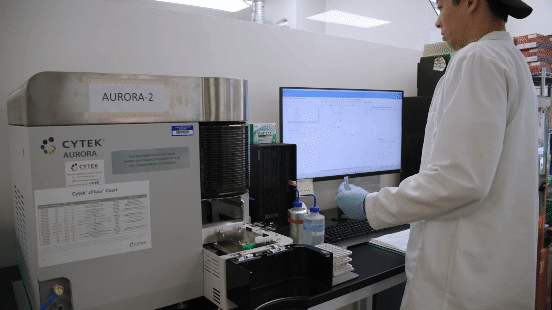
LJI’s Flow Core is one of the best facilities of its kind in California. The Flow Core is home to an impressive range of machines—machines so precise they can detect incredibly rare immune cells. Kim’s team can literally separate one cell from a million.
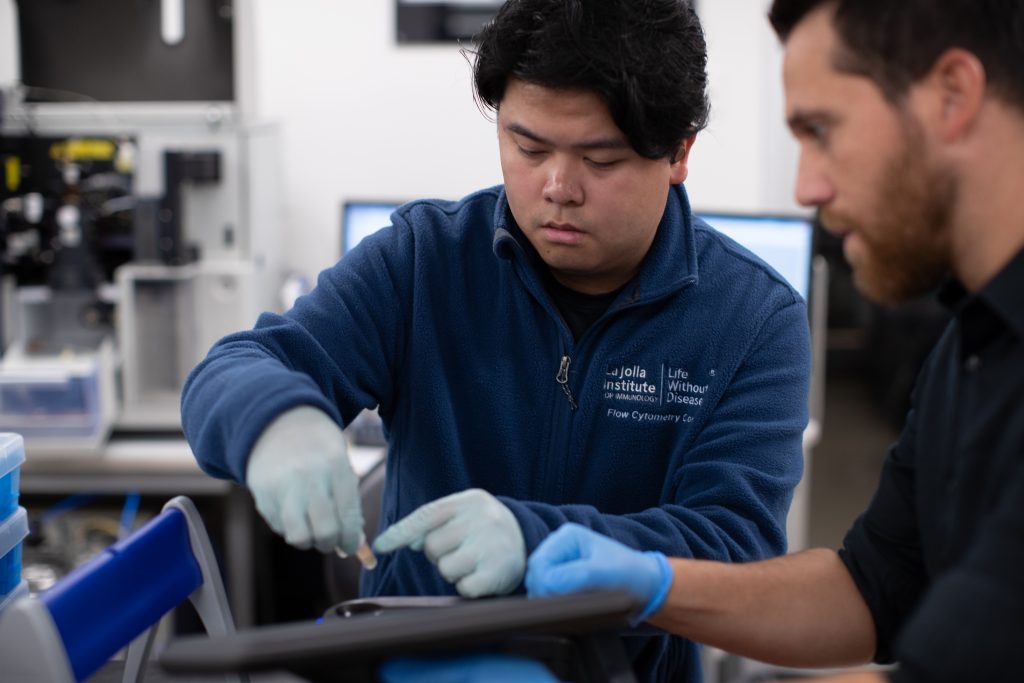
The Flow Core staff starts with a sample— perhaps a vial of blood from a clinical study volunteer or a bit of spleen from a mouse model of disease. They isolate immune cells from the sample by mixing them with some very useful antibodies.
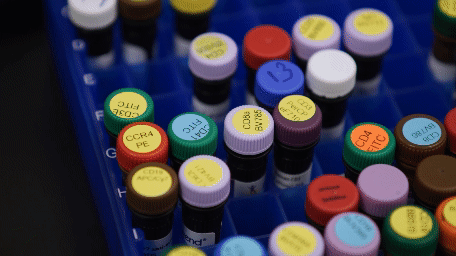
These antibodies are tagged with fluorescent dyes, called fluorophores, and they are engineered to seek out and bind to specific immune cells. When the right antibodies recognize proteins on the right immune cell, they bind to that immune cell and light it up.
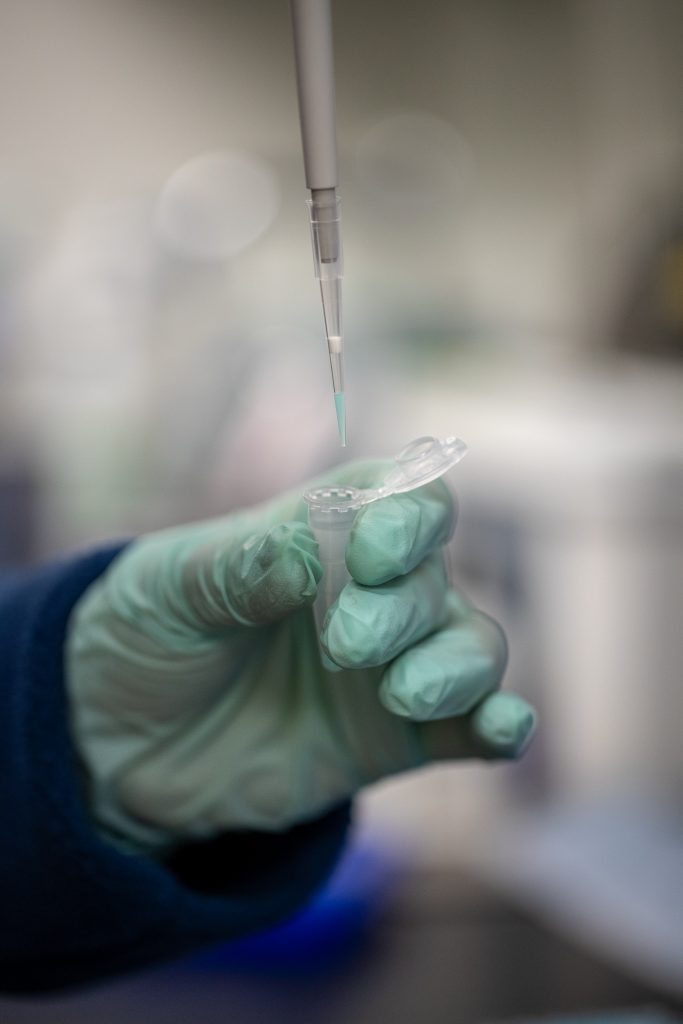
Flow Core staff use a whole rainbow of fluorophores to tag many different cell types in a single sample. “We work in colors here,” says LJI Flow Cytometry Core Scientific Lead, Denise Hinz, Ph.D. “The technology is evolving so quickly, and new dyes are constantly being released.”

Lasers are next. The Flow Core staff put the cells into machines called flow cytometers, or “analyzers,” where the cells flow along in a saline stream. Each cell passes through lasers of different wavelengths, which “excite” the different fluorophores. On a nearby computer screen, Kim’s team can see—in real time—whenever a fluorophore is detected.
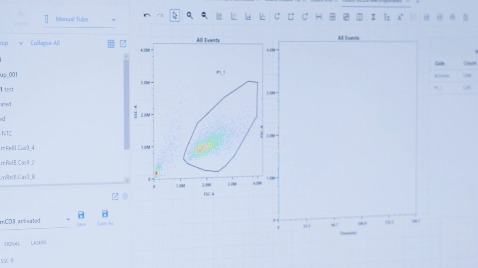
“You can see it instantaneously. This is a high-throughput technique. We can go through at least 20 million cells an hour, which is huge.”
From these data, scientists can figure out which immune cells are most active in a sample. For example, they could compare immune cell responses between different patient age groups—or between women and men.
Then the cell sorters do their magic.
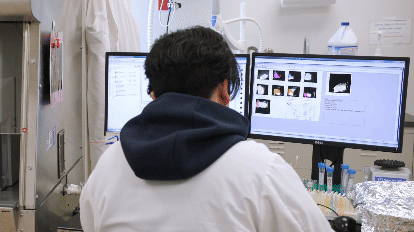
“The sorter component is kind of wild,” says Kim. Once the cells pass through the laser, the machine vibrates the stream of liquid and traps cells in individual droplets. The sorter adds an electric charge to each droplet and divides the immune cells by type.
These flow cytometers are astonishingly precise. For a recent investigation into drivers of cardiovascular disease, the Flow Core staff worked with LJI scientists to detect immune cells called ex-T regulatory cells in human samples for the first time ever. The Flow Core’s speed also makes a big difference. In early 2020, Flow Core staff worked around the clock to uncover key data showing the importance of T cells in fighting off SARS-CoV-2.

The Flow Core continues to grow thanks to new grants and generous philanthropic support, including large purchases made possible by The Conrad Prebys Foundation and an anonymous foundation. In 2019, LJI purchased an advanced type of cell sorter called the BD FACSymphony S6— the first one ever installed in a U.S. facility, and the fourth ever installed in the world. Philanthropic support allowed the Institute to purchase a second one soon after. And the Flow Core team recently brought in a machine called the Cytek Aurora CS, which has lasers that distinguish between 40 different colors.
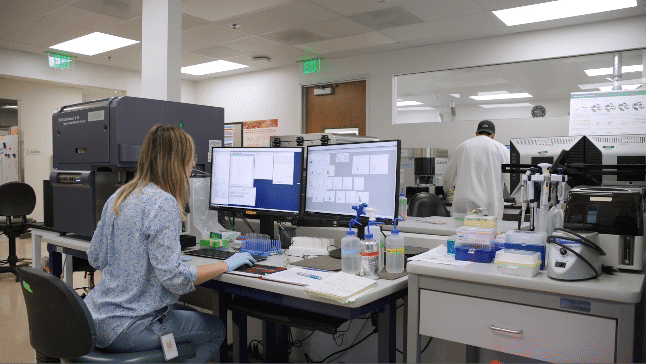
In March 2024, the Flow Core earned a rare distinction when it was named a BD Biosciences Center of Excellence.
“We want to be right on the bleeding edge,” Kim says.
Interviews by Matt Ellenbogen and Madeline McCurry-Schmidt. Article by Madeline McCurry-Schmidt. Photos and video by Matt Ellenbogen.


